Beautiful Daisies
July 6th, 2021 | Categories
Sarah Squire explores the changes and developments in the garden over the summer months…
In July 1950 Vita Sackville-West wrote “There are some moments when I feel pleased with my garden, and other moments when I despair. The pleased moments usually happen in spring, and last up to the middle of June. By that time all the freshness has gone off; everything has become heavy ….. the middle aged spread has begun. I think Vita Sackville-West was being a little unkind to the high Summer garden.
True there are subtle changes going on. The Lupins and Delphiniums that have delighted to date make way for striking Day Lilies, waving spikes of Buddleia and above all daisies. I use the word daisy in the loosest possible sense to encompass all those plants which sport daisy shaped flowers.
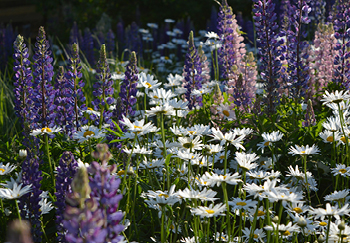
Asters, otherwise known as Michaelmas daisies come in all shapes, sizes and colours and are a must for the late summer garden. They are a perennial and like a well-drained soil in a sunny position. Some varieties can be susceptible to mildew.
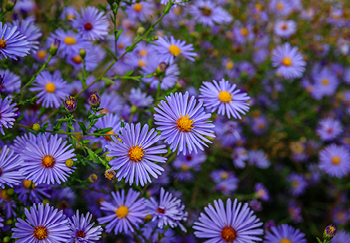
Also in the compositae family are the Chrysanthemums. Each Chrysanthemum flowerhead is actually a large number of individual flowers. Some varieties are hardier than others and the rootstock must be lifted over winter except for the hardy garden Chrysanthemums.
Chrysanthemums are one of those plants that the nomenclaturists have had great fun with. Recently most of the traditional Chrysanthemum varieties were reclassified as Dendrathema, this was not a universally popular move and most of us found it rather confusing and preferred to stick to the traditional classification.
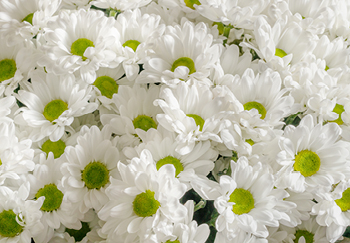
Dahlias are another high summer daisy like plant. More rustic than Chrysanthemums they give a real blast of colour and range in height from about 60 cm to 1.2 metres. They can be grown from tubers in the spring or pot grown plants can be bought and planted out now for instant effect. Cut down the stems when the frost has blackened the leaves. Lift and store the tubers over winter ready to plant out again next spring.
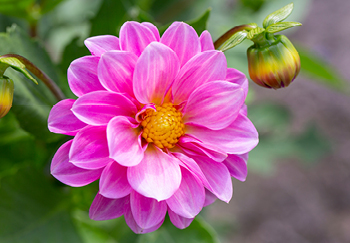
Rudbeckia is a popular perennial bearing bright orange/yellow flower heads around a centre cone that almost gives the plant an inside out look. Similar to Rudbeckia but on a grander scale is Echinacea. Again it’s daisy like flowers open to show a central cone and the petals bend back beneath it, a little like a shuttlecock. It reaches 1.5 metres and has stunning deep pink/purple flowers which are a magnet to butterflies and bees.
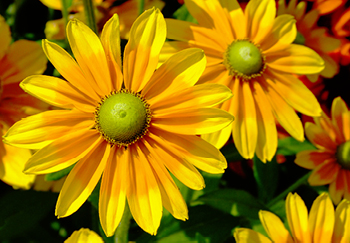
Anthemis is a type of Chamomile and flowers profusely at between 30 and 60 cms. It suits the front or middle of the border and comes in a range of cream, yellow and gold.
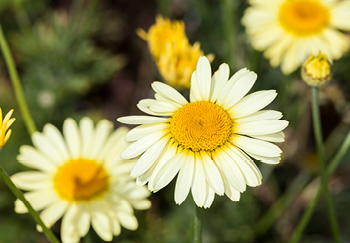
Finally for pots or borders the Osteospermum is hard to beat. It used to be really very rare but now many varieties are widely available. It is best grown as an annual in our climate although it may over-winter if you are lucky. Well drained soil and full sun is a must. Pink, purple, white and yellow flowered varieties are available. For a bit of fun try ‘Whirligig’ with its white spoon shaped petals.
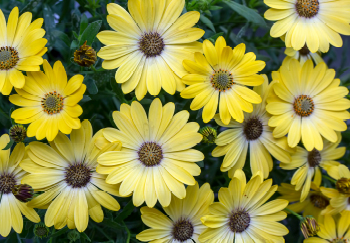
Useful Links
- Summer Gardening (Article)
- Growing Guides (Article)






